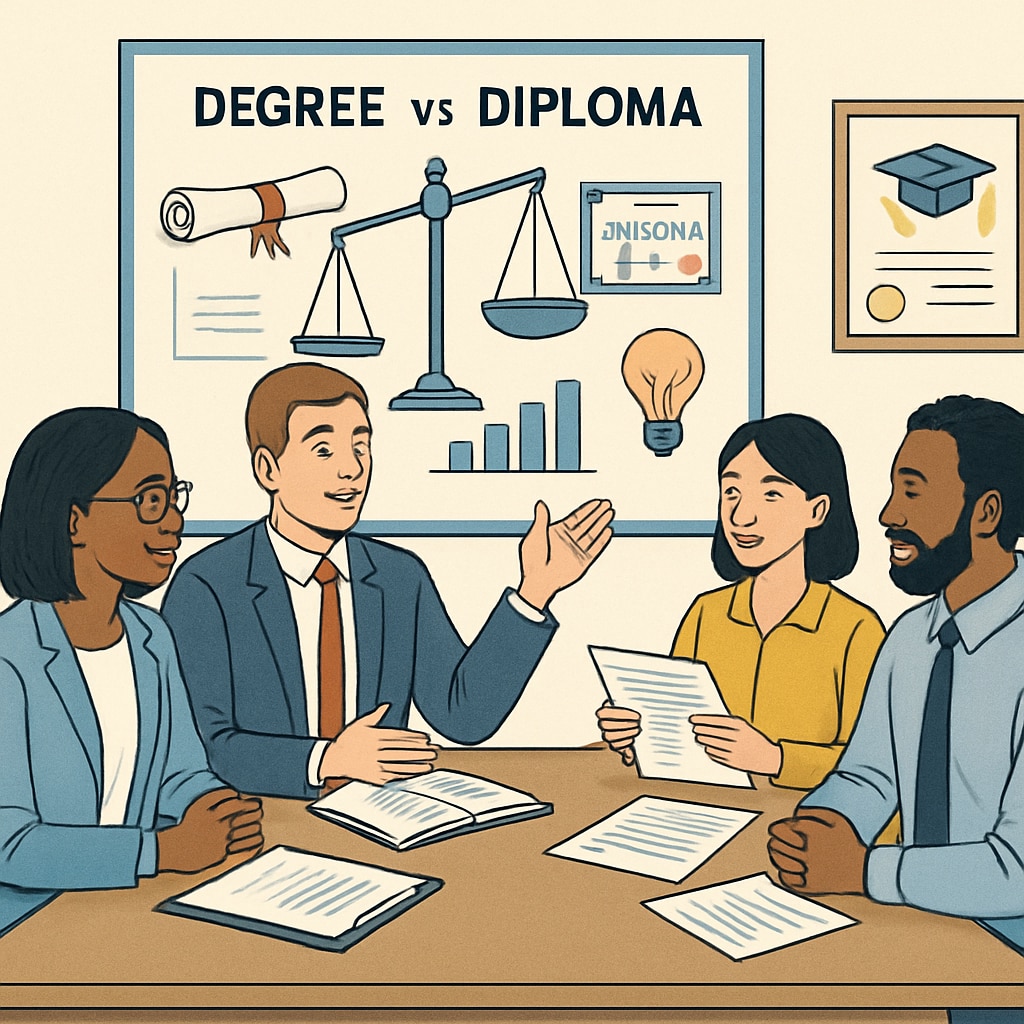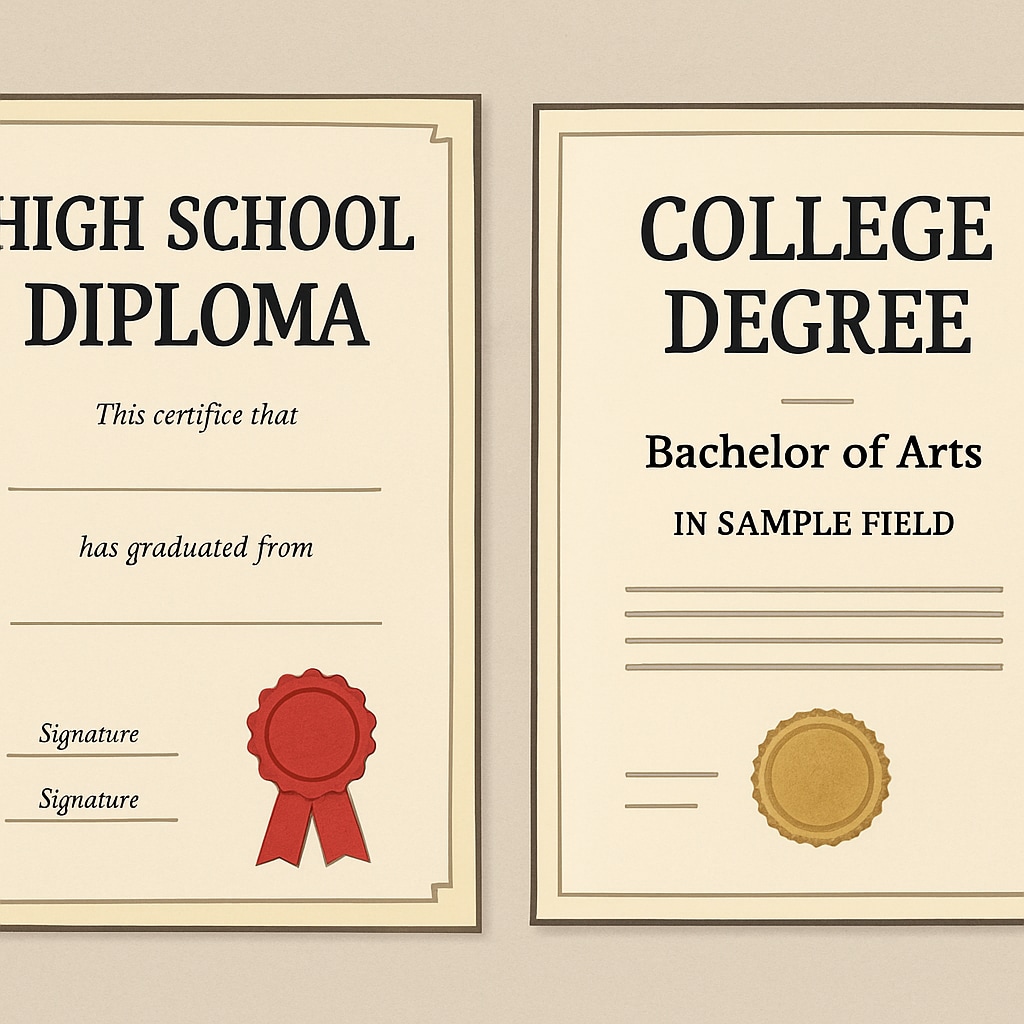In a perplexing twist of educational expectations, Arizona’s state employment policies have uncovered an unusual paradox. Job seekers with multiple advanced college degrees have reportedly been disqualified from government positions due to the lack of a high school diploma. This phenomenon raises critical questions about educational requirements, job discrimination, and qualification standards. In an era where higher education is often synonymous with advanced qualifications, this contradiction underscores deep-rooted flaws in the assessment of education and its value in the workplace.
Are Educational Requirements Losing Their Rationality?
At the core of Arizona’s policy lies an outdated rigidity that prioritizes form over substance. The insistence on a high school diploma, even for candidates with demonstrably superior credentials such as bachelor’s, master’s, or even PhDs, highlights the pitfalls of bureaucratic inflexibility. This not only undermines the essence of educational attainment but also questions the logic behind equating a basic credential with advanced degrees.
For example, a candidate with a doctoral degree has clearly surpassed the knowledge and skillset expected at the high school level. Yet, without the high school diploma, they face disqualification. This rigid adherence to technicalities does not just deter talented candidates but also reflects poorly on the evaluation systems underpinning public sector hiring.

The Broader Implications of Job Discrimination
Such policies inadvertently perpetuate a form of job discrimination. While the intent may not be exclusionary, the effect is clear: qualified candidates are denied opportunities based on an arbitrary criterion. The broader implications extend beyond individual job seekers to the societal perception of education itself.
Consider the message sent to the workforce. By valuing a high school diploma over advanced degrees, the system implicitly diminishes the importance of higher education. This may discourage future generations from pursuing college-level studies, especially if they perceive such qualifications as undervalued in professional contexts.
Furthermore, restrictive policies like these can exacerbate disparities. Candidates from non-traditional educational backgrounds, such as GED holders or those with international credentials, are disproportionately affected. This reinforces systemic barriers and undermines efforts to create equitable access to employment.

Rethinking Qualification Standards and Education’s Role
Arizona’s example reveals a pressing need for reevaluating qualification frameworks. Employment policies should shift toward assessing the actual skills, knowledge, and competencies of candidates instead of rigidly adhering to outdated credentials. For instance, competency-based hiring models that prioritize skills over formal credentials are gaining traction globally. These models offer a more inclusive and practical approach to matching candidates with roles.
In addition, the situation invites a deeper cultural reflection on the role of education. High school education, forming the foundation of the K-12 system, is undeniably important. However, its value should not overshadow the significance of advanced learning. Striking the right balance between recognizing foundational education and honoring higher achievements is crucial for maintaining a robust and fair employment ecosystem.
As a starting point, policymakers in Arizona and beyond must engage in dialogue with education and workforce experts. Collaborative efforts can help design adaptable policies that reflect modern realities and emphasize merit over rigid qualifications.
Conclusion: Bridging the Gap Between Policy and Progress
Arizona’s peculiar policy highlights a fundamental disconnect between traditional educational requirements and the evolving dynamics of the workforce. Practical skills, advanced learning, and real-world competencies should take precedence over rigid qualifications like high school diplomas. By addressing these discrepancies, we can create a fairer, more inclusive employment landscape.
Ultimately, the goal should be to align employment policies with the realities of modern education and work. Only by doing so can we prevent the undervaluation of higher education and rectify the paradoxical barriers faced by skilled professionals. As education continues to evolve, so too must our systems of qualification and recognition.
Readability guidance: This article uses short paragraphs, clear headings, and concise language to enhance readability. Transition words like “however,” “in addition,” and “as a result” are evenly distributed to ensure smooth flow and coherence.


